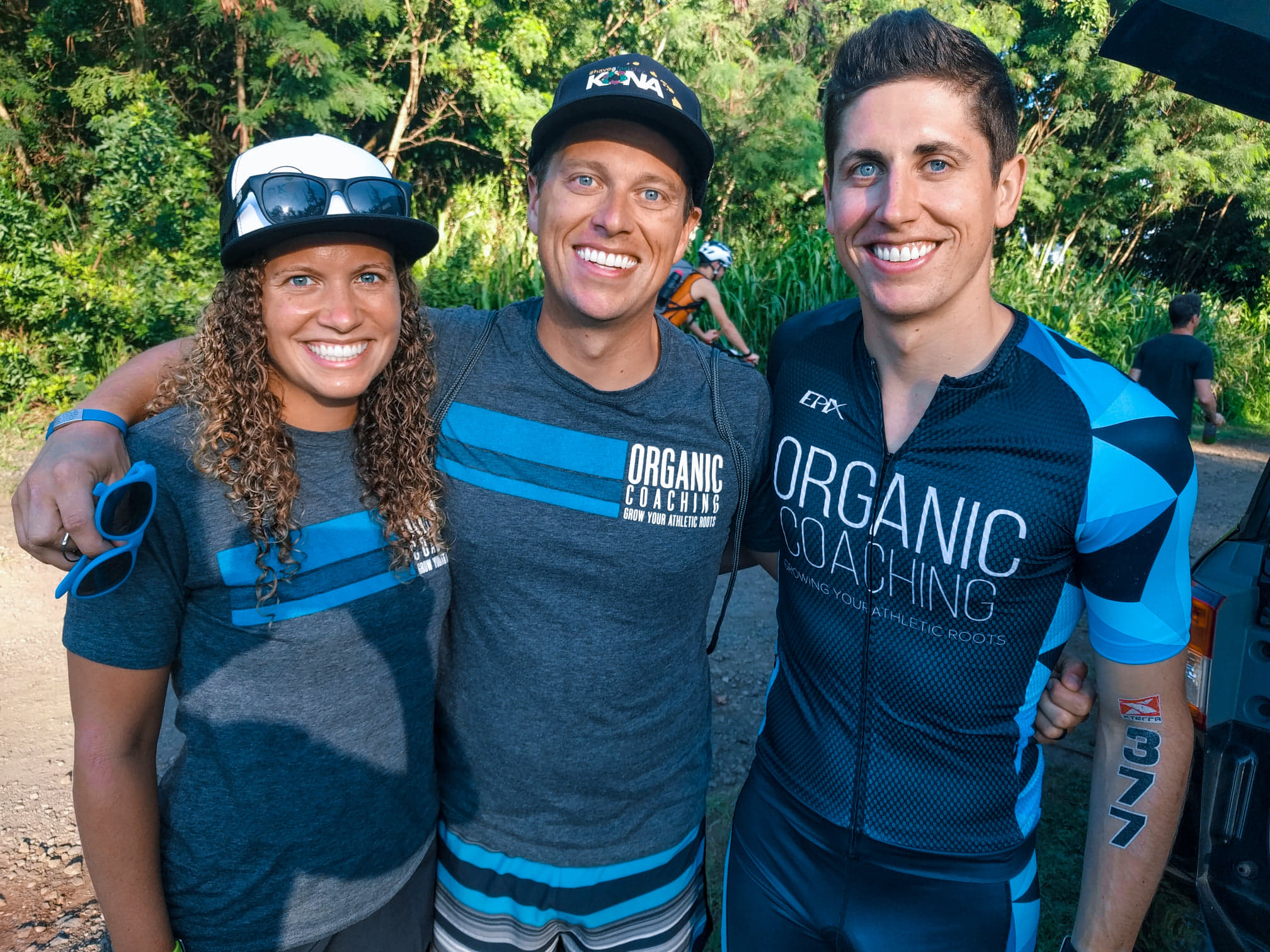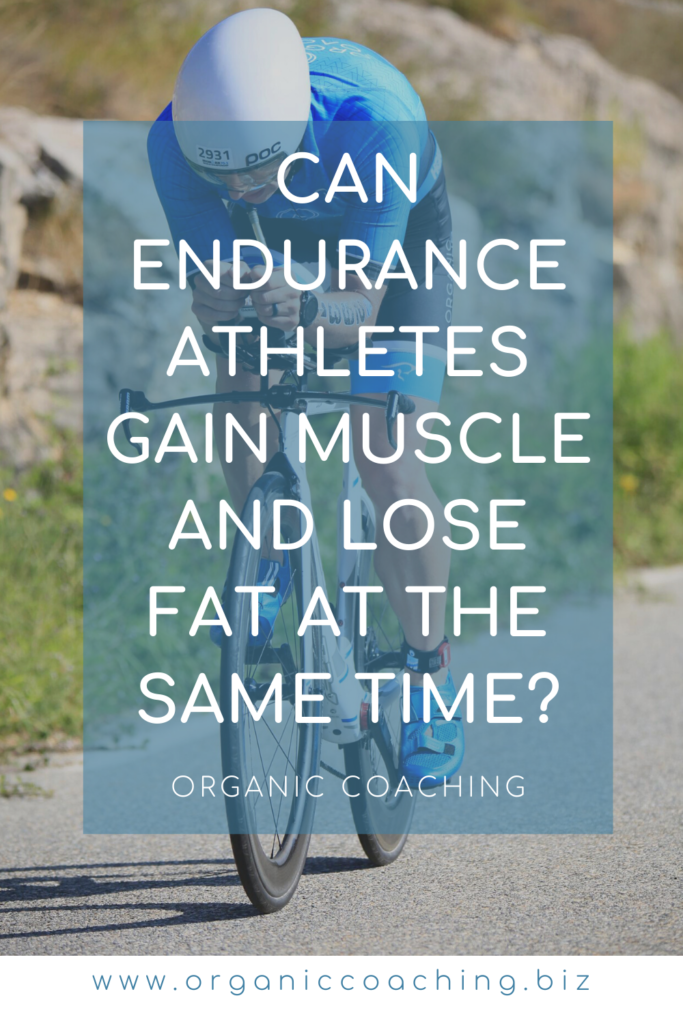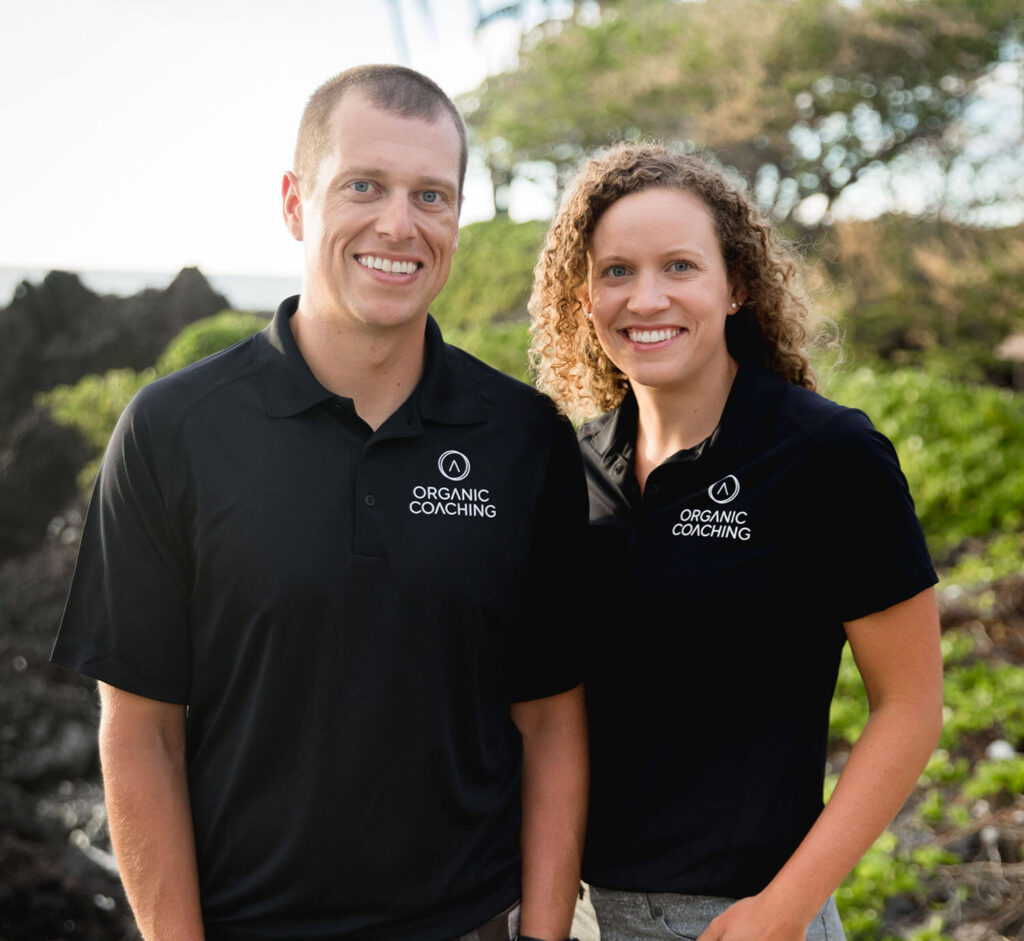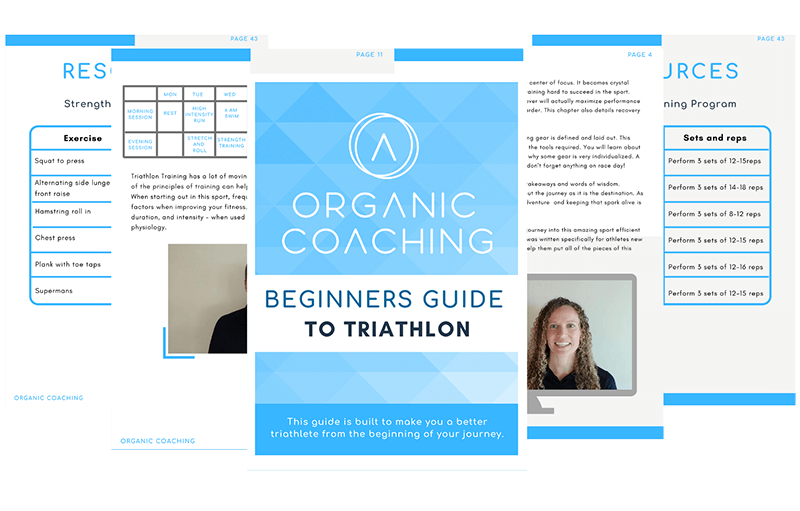

A question I am often asked is, “Can I lose this stubborn fat and gain muscle at the same time.” In short, yes. Yes, you can. This takes balancing the appropriate amount of nutrients to support your body. Effective stress management techniques, a non-negotiable sleep schedule, and an appropriate exercise regimen.
I want you to understand that the goal here is not to deprive your body of nutrition. Nor is it to become a slave to exercise.
We are going to dive into some research on how each component of your performance as well as sleep and rest play a role in ensuring your body is receiving the tools it needs to support health, performance, and body composition to lose fat and gain muscle.
Gaining muscle or “bulking” is accompanied by a surplus of total calories (usually 600 to 1000 extra calories per day) to support total body weight gain. Research shows that by simply increasing total calories (carbs, protein, and fat) individuals predominately gain body fat. Being intentional with the type of calories you are consuming, the timing of consuming these calories, and your training regimen can be beneficial in preventing undesired body fat gain.
Carbohydrates have been put in a negative light over the past few years, but don’t put them on the back burner just yet! These guys play an important role in providing your body with ready-to-use energy, so protein can do its primary job of building and repairing muscle tissues rather than being used as an energy source.
The Academy of Nutrition and Dietetics (AND), Dietitians of Canada (DC), and the American College of Sports Medicine (ACSM) recommend having a carbohydrate intake appropriate to your activity level. Athletes participating in moderate exercise (1 hour/day) require 5 grams of carbs per kilogram of body weight. As duration and/or intensity increases, so do your carbohydrate needs. Ultra-endurance athletes training 4-5 hours of moderate to high-intensity exercise per day may require 10 to 12 grams/kilogram/day.
When body composition is a primary goal in mind, be sure to focus on complex carbohydrate sources such as oatmeal, sweet potato, brown or wild rice, quinoa, beans, whole grains, and fresh fruit. These will provide a healthy dose of fiber which is great for your gut and cardiovascular health; fiber also keeps you satiated longer
Fats are a necessary component of your nutrition. They protect our vital organs, play a role in hormone production, support cell growth, and help transport vitamins and minerals. It is recommended to have 1 gram per kilogram of body weight to avoid essential fatty acid deficiency. The Dietary Guidelines for Americans suggest 20 to 35% of total calorie intake should be fats.
For health and body composition change, you will want to focus on unsaturated fats including:
Monounsaturated fats
Polyunsaturated fats (omega-3 and omega-6)
Protein
Protein provides your body with the resources (amino acids) it needs to build muscle. The big question is: how much?
The International Society of Sports Nutrition recommends 1.4 to 2.0 grams of protein per kilogram of body weight for active individuals to support muscle growth. There is some research supportive of 2.4 g protein/kg/day in athletes participating in resistance training to support lean body mass gain.
Considering a diet high in protein does not have harmful effects on metabolic health, kidney function, and bone health in athletes. One study found a high-protein diet was linked to a higher muscle mass and lower body fat percentage in athletes.
It is best to consume protein spread throughout the day at each of your meals and/or snacks. You may consider eating every 3-4 hours to provide your body with amino acids to optimize muscle growth. Dietary protein may be the key to promoting positive changes in body composition.
As an athlete, you commit to hours of training, right? Sleep is no different! The American Academy of Sleep Medicine (AASM), Sleep Research Society (SRS), and National Sleep Foundation (NSF) recommend 7 to 9 hours of sleep per night for the average adult stating that “sleep is essential to health.”
Sleep plays a pivotal role in body composition, hormone regulation, and overall endurance performance. A study highlighted the difference between subjects that got 5.5 or 8.5 hours of sleep in body tissue turnover regulation. The 5.5-hour group saw a 60% higher decrease in muscle mass and a 55% lower decrease in fat mass when compared to the 8.5-hour group. Sleep deprivation (<7 hours) increases circulating cortisol (stress hormone), decreases glycogen (carb storage), increases muscle breakdown and decreases muscle growth, and impacts energy expenditure. Additionally, growth hormone is released while you sleep and impacts your muscle mass growth and loss of fat mass.
Make sleep a non-negotiable part of your daily routine. Rest is just as important as your big training days.
Movement is one piece of the puzzle in gain muscle and lose fat to improve body composition. Specifically, resistance/ strength training has been shown to have the most profound effects on increasing lean mass in individuals with excess body weight whereas aerobic training affects only fat mass.
Non-exercise activity thermogenesis (NEAT) is a variable of energy expenditure that can account for 6 to 10% of energy expenditure in a sedentary population and up to 50% in highly active people. This is something you have control over in your daily living tasks. For example, taking a daily walk, taking the stairs, or parking further away from your destination. This is an easy way to incorporate your aerobic activity without having additional “scheduled” workout time.
Having a combination of strength training, aerobic/anaerobic training and rest days can be an effective way to work toward muscle gain and fat loss.
Big picture, there is no need to have a 600-plus calorie intake to put on muscle. The Academy of Nutrition and Dietetics recommends 200 additional calories per day is adequate in supporting lean body mass gain.
You want to build a performance plate that supports your health as well as training goals. Fuel with adequate carbohydrates based on the duration and intensity of training. So protein can continue to do its job in building muscle and restoring tissue.
Find a training plan and incorporate daily movement in a way that excites you and that fits your schedule! The best training and nutrition plan is the one that fits your lifestyle.
AND… the great news is that you do not have to go at this alone! Finding the right nutrition plan can feel daunting… I get it! I coach athletes on how to continue to train and reach their performance goals, optimize health, and become more confident in their skin!
-Dana Eshelman, MS, RDN, CSSD, METS I


Carly and Tyler Guggemos built Organic Coaching in 2014 with a simple philosophy that works. The idea is to take what you have and grow it to get faster, fitter and stronger. And to do it with the time you have – not the time you wish you had.

For athletes who are ready to take their training to the next level while still thriving and succeeding in their professional and family life.
Copyright © 2024 Organic Coaching LLC